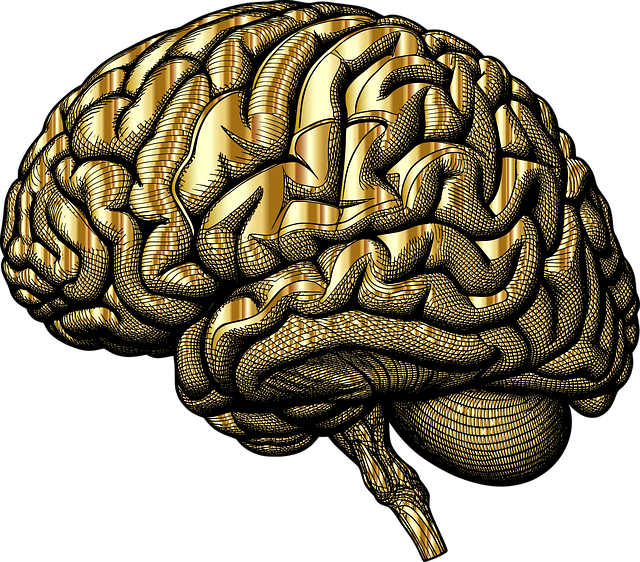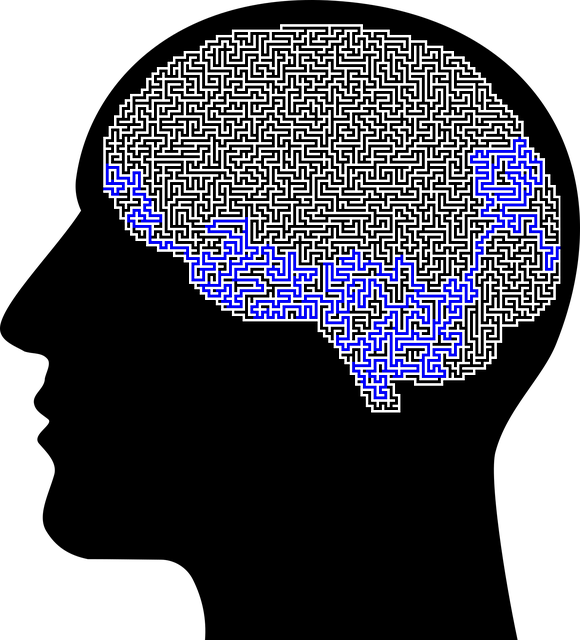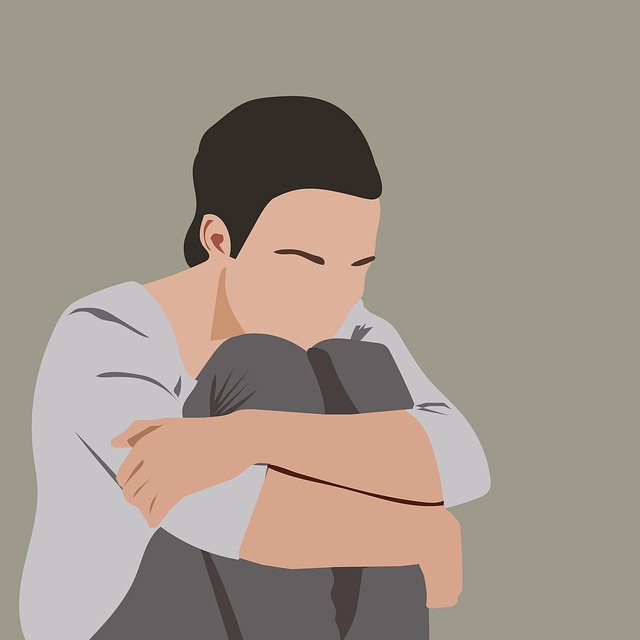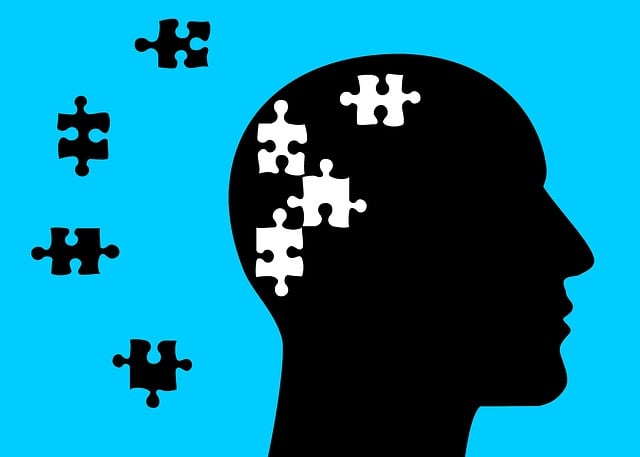The text emphasizes the critical need for specialized support systems, focusing on therapy tailored to adolescent teens' mental health and emotional well-being, as well as targeted assistance for first responders. Community outreach programs play a vital role in filling these gaps by offering accessible resources, stress management sessions, and policy advocacy. These initiatives empower teens through peer-led education and build resilience in first responders with specialized trauma management techniques. Key to success is creating safe spaces, fostering trust, and using data-driven evaluation methods to measure the positive impact on participants' emotional regulation, resilience, and overall mental wellness.
Community outreach programs play a vital role in addressing the mental health needs of adolescent teens, often overlooked within existing support systems. This article explores strategies to bridge gaps in care by designing effective therapy initiatives targeting teens and fostering trust with first responders. Through understanding the unique challenges faced by these youth and implementing evidence-based practices, communities can enhance access to much-needed services. By measuring success through evaluation, we ensure that therapy for adolescent teens and first responders remains a priority, revolutionizing support networks.
- Understanding the Need: Identifying Gaps in Adolescent Support Systems
- Designing Effective Outreach Programs for Teens and First Responders
- Implementing Strategies: Engaging Teens and Building Trust with First Responders
- Measuring Success: Evaluating the Impact of Community Therapy Initiatives
Understanding the Need: Identifying Gaps in Adolescent Support Systems

In many communities, there’s a growing need to enhance support systems for adolescent teens, as current structures often fail to address unique challenges they face during this formative period. Identifying gaps in existing services is crucial to understanding where community outreach programs can intervene effectively. Adolescents may struggle with emotional well-being, mental health issues, and stress management, which require tailored therapy sessions. By recognizing these needs, first responders and community leaders can initiate targeted interventions that promote healthy development.
Community outreach programs play a vital role in bridging the gap by providing accessible resources and services. These initiatives ensure that adolescent teens have access to necessary tools for emotional well-being promotion techniques, stress management skills, and mental health policy analysis and advocacy. Understanding these needs is essential to crafting inclusive strategies that cater to diverse populations within the community.
Designing Effective Outreach Programs for Teens and First Responders

Designing effective outreach programs for teens and first responders is a nuanced task that requires understanding their unique needs and challenges. For adolescent teens, therapy sessions tailored to address issues like stress management and cultivating positive thinking can be transformative. These initiatives often prove crucial in fostering mental health policy analysis and advocacy among younger generations, empowering them to speak up about their experiences and seek appropriate support.
Similarly, first responders—including law enforcement officers, firefighters, and paramedics—face constant stressors that can lead to significant mental health issues if unaddressed. Outreach programs should offer specialized therapy sessions focused on trauma management and stress-reduction techniques, ensuring these individuals have access to resources that cater specifically to their needs. By prioritizing both the mental health of teens and first responders, communities can create a more resilient and supportive environment for all.
Implementing Strategies: Engaging Teens and Building Trust with First Responders

Engaging teen participation in community outreach programs requires a thoughtful approach that understands their unique needs and interests. One effective strategy is to involve adolescents in the design and implementation of mental health education programs tailored to their peers. By empowering teens to take the lead, these initiatives foster a sense of ownership and encourage open discussions around emotional regulation and mindfulness meditation. This not only helps in breaking down barriers between first responders and younger generations but also ensures that the therapy for adolescent teens is accessible and relevant.
Building trust with first responders is a crucial step in community outreach. Organizations can facilitate this by creating safe spaces where first responders, including police officers and paramedics, interact with teens on neutral ground, away from high-stress scenarios. Workshops focused on stress management techniques and emotional intelligence can help bridge the gap and improve relationships. Incorporating activities that promote active listening, empathy, and understanding of adolescent experiences into these programs is key to fostering a supportive environment where both first responders and teens feel heard and valued.
Measuring Success: Evaluating the Impact of Community Therapy Initiatives

Measuring the success of community therapy initiatives is paramount to understanding their true impact and effectiveness. By implementing robust evaluation strategies, organizations can assess how these programs influence the mental wellness and emotional well-being of adolescent teens and first responders. Using standardized assessment tools, before and after program comparisons, and qualitative feedback from participants, therapists, and community members, it’s possible to quantify both direct and indirect benefits.
This data-driven approach allows for a deeper understanding of the “Mind Over Matter” principles at play in these initiatives. For example, successful programs may demonstrate improved emotional regulation skills among teens, enhanced resilience in the face of stress or trauma, and increased coping mechanisms for first responders. Moreover, by tracking long-term outcomes, organizations can gauge whether these interventions have lasting effects on participants’ mental health trajectories, ultimately contributing to more effective Mental Wellness Coaching Programs Development and broader community emotional well-being promotion techniques.
Community outreach programs focused on connecting therapy for adolescent teens with first responders are a powerful tool for building resilience and support systems. By understanding the unique needs of both groups, designing tailored programs, and implementing strategies that foster trust, these initiatives can significantly impact young lives. Measuring success through evaluation ensures these efforts are not only reaching but also transforming communities, offering lasting benefits to teen well-being and first responder satisfaction.











